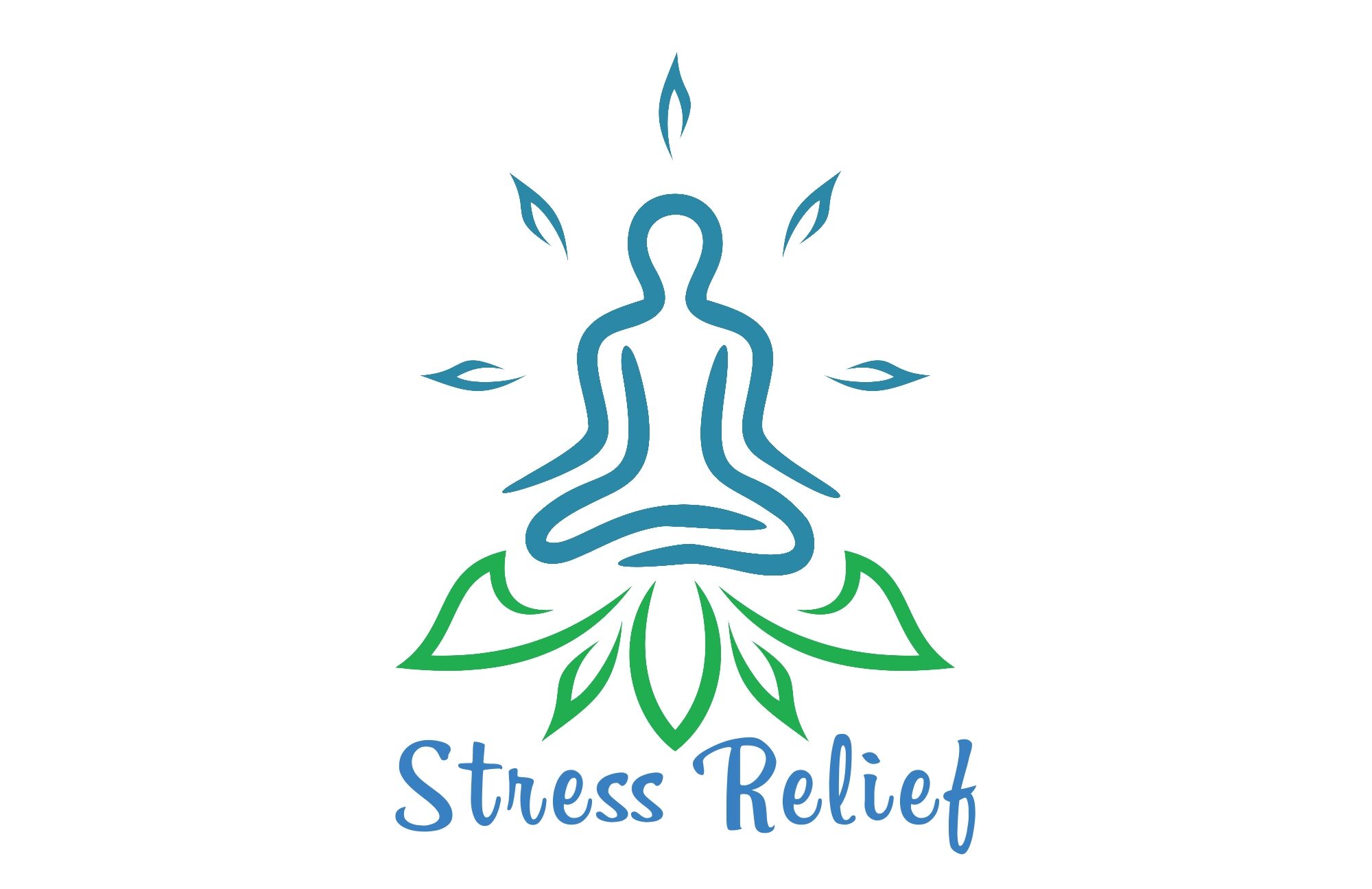1. Introduction
The mind and body are intricately linked, forming a complex connection that influences our overall well-being. When stress takes its toll on our lives, it not only affects our mental state but also manifests physical symptoms. Fortunately, there are mind-body connection exercises that can help alleviate stress in a holistic manner. In this article, we will explore the impact of stress on the mind and body, the benefits of mind-body connection exercises for stress reduction, and delve into specific techniques to incorporate into your daily routine.
Understanding the Mind-Body Connection
The mind-body connection refers to the interplay between our thoughts, emotions, and physical health. Extensive research has shown that our mental state greatly affects our physical well-being and vice versa. When we experience stress, our bodies can respond with a range of physical symptoms such as headaches, muscle tension, and digestive issues. Similarly, chronic physical conditions can contribute to psychological distress. Recognizing and nurturing this intricate link is a crucial step towards managing stress and achieving overall wellness.

Benefits of Mind-Body Connection Exercises for Stress Reduction
Mind-body connection exercises offer a holistic approach to stress reduction. By addressing both the mind and body, these exercises can help restore balance and promote well-being. Scientific evidence supports their effectiveness in lowering stress levels and improving overall mental and physical health. These exercises have been found to reduce cortisol levels, ease muscle tension, improve sleep quality, boost immune function, and enhance overall mood. By incorporating mind-body exercises into your routine, you can experience long-term stress relief and improve your overall quality of life.
2. Mind-Body Connection: Breathing Techniques
Breathing techniques are a powerful tool for managing stress, as they directly impact both our physical and mental state. Let’s explore three effective breathing techniques that can be incorporated into your daily life:
Diaphragmatic Breathing
Diaphragmatic breathing, also known as belly breathing, involves deepening and slowing down your breath by engaging your diaphragm. To practice this technique, follow these steps:
- Find a comfortable seated position with your back straight.
- Place one hand on your chest and the other on your belly.
- Inhale deeply through your nose, feeling your belly rise and expand.
- Exhale slowly through your mouth, feeling your belly fall.
- Continue this deep, diaphragmatic breathing for a few minutes, focusing on the natural rhythm of your breath.
Diaphragmatic breathing helps activate the body’s relaxation response, reducing stress and anxiety. It promotes increased oxygen intake, calming the mind and relaxing tense muscles. Incorporating diaphragmatic breathing into your daily routine can help cultivate a sense of calm and resilience in the face of stress.
Box Breathing
Box breathing is a simple yet effective technique that promotes relaxation and helps regulate the nervous system. Here’s how you can practice it:
- Find a quiet space and sit comfortably.
- Breathe in slowly through your nose for a count of four.
- Hold your breath for a count of four.
- Exhale slowly through your mouth for a count of four.
- Hold your breath again for a count of four.
- Repeat this sequence several times, focusing on the rhythmic pattern of your breath.

Box breathing helps balance the autonomic nervous system, reducing stress and promoting a greater sense of calm. By incorporating this technique into your routine, you can easily access a state of relaxation and find relief from daily stressors.
Alternate Nostril Breathing
Alternate nostril breathing is a mindfulness technique that helps harmonize the left and right hemispheres of the brain, bringing balance to the mind and body. To practice this technique, follow these steps:
- Sit comfortably, and bring your right hand to your face.
- Use your right thumb to close your right nostril and inhale deeply through your left nostril.
- Close your left nostril with your ring finger, release the right nostril, and exhale through the right side.
- Inhale through the right nostril, close it with your thumb, and release the left nostril to exhale.
- Repeat this sequence for several minutes, focusing on the flow of breath and the sensations in your body.
Alternate nostril breathing helps calm the mind, reduce stress, and enhance mental clarity. By integrating this technique into your daily routine, you can cultivate a greater sense of balance and well-being.
3. Mind-Body Connection: Movement-Based Exercises
In addition to breathing techniques, movement-based exercises can profoundly impact the mind-body connection and reduce stress. Let’s explore some effective practices:
Yoga and Mindfulness Meditation
Yoga and mindfulness meditation are powerful tools for stress relief. Both practices combine movement, breath awareness, and focused attention. They offer numerous benefits, including reduced anxiety, improved mood, increased flexibility, and enhanced body awareness. Various yoga styles and meditation techniques cater to different needs and preferences. Whether you prefer gentle restorative yoga or dynamic vinyasa flows, and guided meditation or silent sitting, there is a practice suited to your unique requirements. To begin incorporating yoga and meditation into your routine, start with short sessions and gradually increase the duration as you become more comfortable.
Tai Chi and Qigong
Tai Chi and Qigong are ancient Chinese practices that promote the flow of vital energy, known as “Qi,” throughout the body. These gentle, slow movements synchronize with deep breathing and mindful awareness. Regular practice of Tai Chi and Qigong helps reduce stress, improve balance, enhance flexibility, and increase mindfulness. Consider joining a local class or following online tutorials to learn simple movements and experience the stress-relieving benefits of these practices.
Pilates and Body-Mind Centering
Pilates and Body-Mind Centering combine physical movement with conscious awareness to strengthen the body and improve overall well-being. Pilates focuses on core strength, flexibility, and body alignment, while Body-Mind Centering emphasizes the integration of mind and body through movement. Both practices can help alleviate stress by cultivating a deeper mind-body connection and improving body awareness. Incorporating Pilates and Body-Mind Centering into your stress-relief routine can enhance physical strength, reduce tension, and promote relaxation.
4. Mind-Body Connection: Relaxation and Visualization Techniques
In addition to breathing exercises and movement-based practices, relaxation and visualization techniques can further deepen the mind-body connection and promote stress reduction. Let’s explore three effective techniques:

Progressive Muscle Relaxation
Progressive muscle relaxation is a technique that involves tensing and then releasing each major muscle group to promote relaxation. Here’s how you can practice progressive muscle relaxation:
- Find a comfortable position and close your eyes.
- Start with your toes, gradually tensing them for a few seconds, then releasing.
- Move up to your calves, thighs, and so on, tensing and releasing each muscle group.
- Pay attention to the sensations and feelings as you release the tension in each muscle.
- Continue this process until you have relaxed your entire body.
Progressive muscle relaxation helps release physical tension and create a sense of calm throughout the body. It can be particularly effective before bedtime to improve sleep quality and reduce stress.
Guided Visualization
Guided visualization is a relaxation technique that involves mentally creating vivid and serene images. To practice guided visualization, follow these steps:
- Find a quiet and comfortable space where you can relax.
- Close your eyes and take a few deep breaths to calm your mind.
- Visualize a peaceful and calming location, such as a beach or a beautiful garden.
- Engage your senses and mentally immerse yourself in this imagined environment.
- Notice the sights, sounds, and smells that surround you in this serene setting.
- Stay in this visualization for a few minutes, allowing your mind and body to feel at ease.

Guided visualization can reduce stress and anxiety by engaging the imagination and redirecting focus. Regular practice can provide a mental escape from daily pressures and offer a sense of tranquility.
Autogenic Training
Autogenic training is a relaxation technique that involves self-suggestion to achieve a state of deep relaxation. Here’s how you can practice autogenic training:
- Find a quiet and comfortable space to sit or lie down.
- Close your eyes and take a few deep breaths to relax your body and mind.
- Focus on different parts of your body, such as your arms or legs, and repeat positive affirmations about relaxation.
- Imagine warmth flowing through each body part, promoting deep relaxation and stress relief.
- Continue this self-suggestion process, moving through different body parts and repeating affirmations of relaxation and calmness.
Autogenic training enhances the mind-body connection by harnessing the power of self-suggestion. Regular practice can help reduce stress, promote deep relaxation, and improve overall well-being.
5. Conclusion
In conclusion, the mind-body connection plays a vital role in our overall well-being, particularly when it comes to stress management. Mind-body connection exercises offer a holistic approach to stress reduction by addressing both the mind and body. Breathing techniques, movement-based exercises such as yoga and Tai Chi, and relaxation and visualization techniques can all contribute to alleviating stress and promoting a greater sense of well-being. By integrating these practices into your daily routine, you can experience the numerous benefits they offer and embark on a journey towards long-term stress relief.
Incorporating Mind-Body Connection Exercises in Daily Life
- Start with small steps: Incorporate a few minutes of breathing exercises or gentle movement into your daily routine. Gradually increase the duration and intensity as you become more comfortable.
- Find what resonates with you: Explore different mind-body exercises and techniques to discover what suits your preferences and needs. Experiment with various styles of yoga, meditation, and breathing exercises to find what brings you joy and relaxation.
- Make it a habit: Consistency is key. Set aside dedicated time each day for mind-body exercises, even if it’s just a few minutes. Prioritize self-care and make it a non-negotiable part of your routine.
- Set realistic expectations: Mind-body exercises are not a magical cure for stress, but with regular practice, they can significantly reduce its impact on your life. Be patient with yourself and embrace the gradual progress you make.
- Seek support and guidance: Consider joining a class, finding a local community, or seeking the guidance of a qualified instructor to deepen your practice and ensure you’re receiving proper guidance.
6. FAQs (Frequently Asked Questions)
How long does it take to experience the stress-reducing effects of mind-body exercises?
The time it takes to experience the stress-reducing effects of mind-body exercises varies from person to person. Some individuals may feel immediate relief after a single session, while others may require consistent practice over a few weeks to experience noticeable benefits. It’s important to approach mind-body exercises with patience and allow your body and mind to adapt and respond at their own pace.
Are these exercises suitable for people of all fitness levels?
Yes, mind-body exercises can be adapted to suit people of all fitness levels. Whether you’re a beginner or a seasoned practitioner, there are modifications and variations available to cater to your unique needs and abilities. It’s essential to listen to your body, make adjustments as needed, and honor your limitations while gradually working towards improvement.
Can mind-body exercises completely eliminate stress?
While mind-body exercises are incredibly effective in reducing and managing stress, it’s important to note that complete elimination of stress is not realistic. Stress is a natural part of life, and some level of stress can even be beneficial. However, mind-body exercises can significantly reduce the negative impact of stress on your overall well-being and help you develop effective coping strategies.
Which mind-body exercise is best suited for beginners?
For beginners, breathing techniques such as diaphragmatic breathing, box breathing, and alternate nostril breathing are excellent starting points. These exercises are simple to learn and can be practiced anywhere, making them easily accessible for beginners. Additionally, gentle yoga styles like Hatha or Yin yoga are great options as they prioritize relaxation and provide a gentle introduction to physical movement.
Are there any precautions one should take before practicing mind-body exercises?
While mind-body exercises are generally safe for most individuals, it’s advisable to consult with a healthcare professional, especially if you have any pre-existing health conditions or concerns. Additionally, listen to your body and practice mind-body exercises within your comfort zone. If any exercise or technique causes discomfort or pain, modify it or seek guidance from a qualified instructor. Remember, it’s important to prioritize self-care and be mindful of your individual needs and limitations.
By incorporating mind-body connection exercises into your life, you can take proactive steps towards managing stress and achieving overall well-being. Embrace the power of breathing techniques, movement-based exercises, and relaxation techniques to nurture the connection between your mind and body. With consistent practice and a mindful approach, you can experience the transformative effects of these exercises and embark on a journey of stress reduction and holistic wellness.





Just wanna tell that this is extremely helpful, Thanks for taking your time to write this.